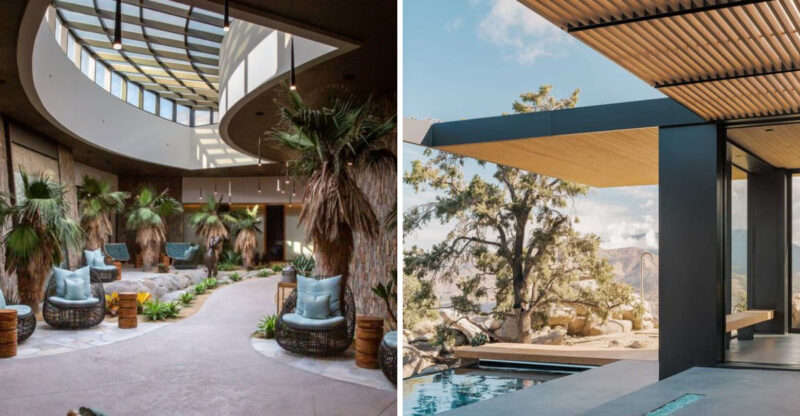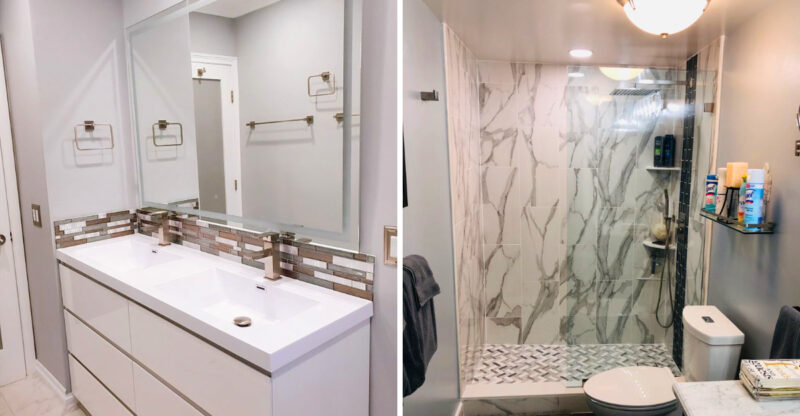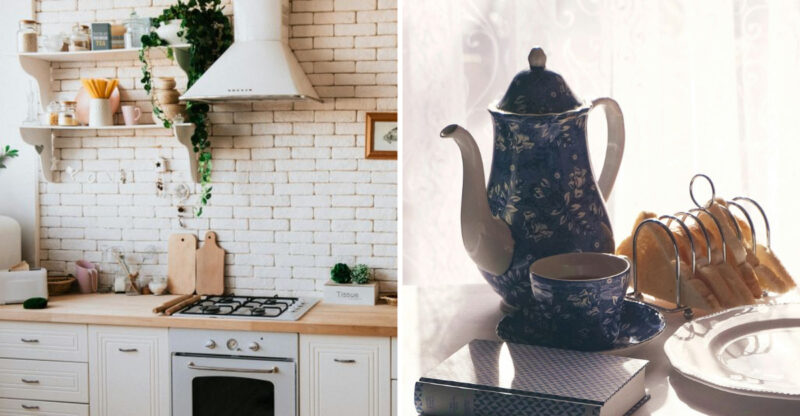Tennessee Homes: 9 Design Trends On A Possible Decline By 2030
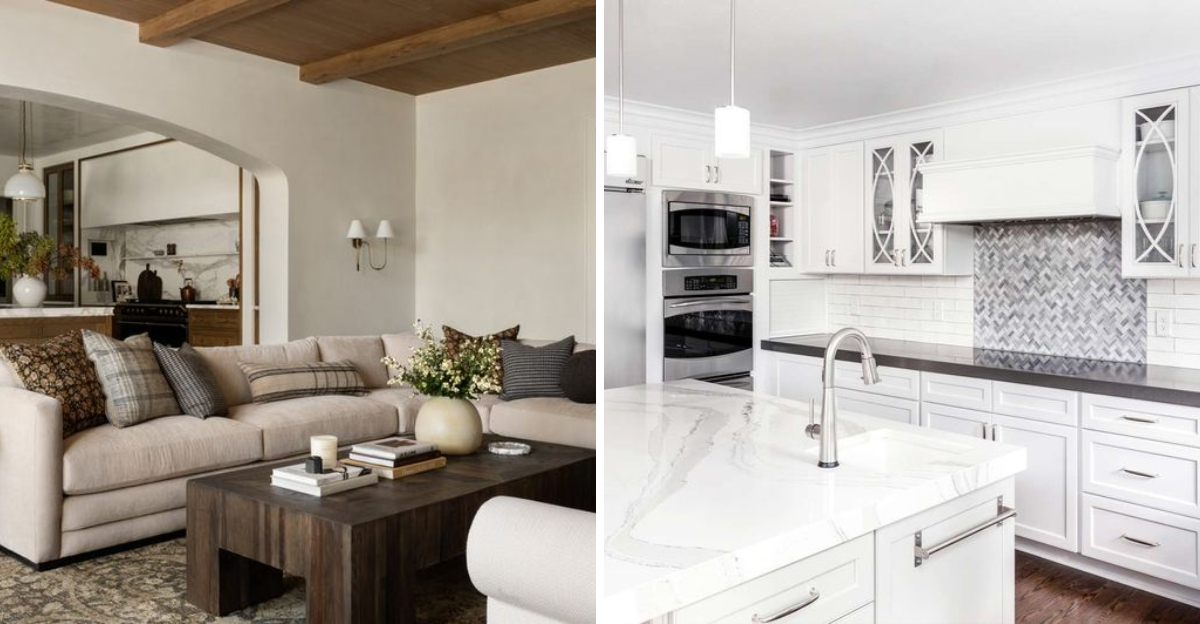
Tennessee homes have always reflected both Southern tradition and modern influences. As we move toward 2030, many familiar design elements that defined Volunteer State residences are fading away. Homeowners across Nashville, Memphis, Knoxville and beyond are embracing new aesthetics while leaving dated trends behind.
Let’s explore which signature Tennessee home features might disappear in the coming years.
1. Barn Door Overload
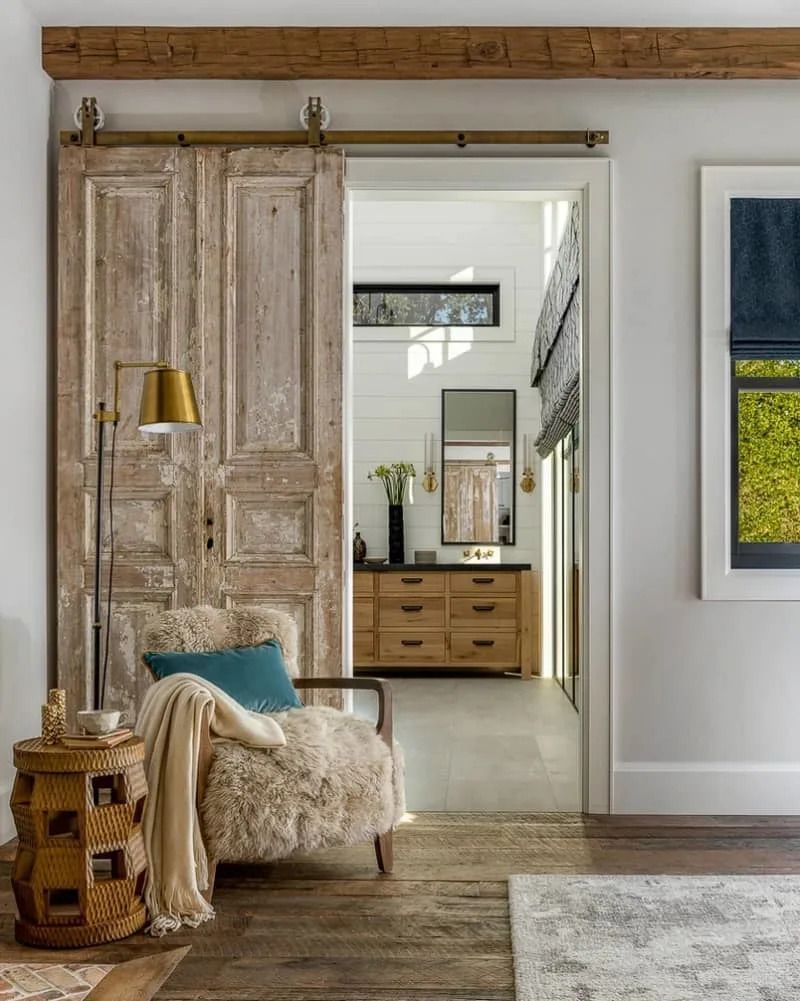
Those sliding barn doors that seemed to appear in every Tennessee home renovation show are finally losing momentum. Once considered the perfect blend of rustic charm and space-saving function, they’ve become a visual cliché in homes from Chattanooga to Johnson City.
Homeowners are discovering that these doors often provide poor sound insulation and can be impractical for everyday use. The hardware also tends to collect dust in hard-to-reach places.
Modern pocket doors and statement hinged doors are taking their place. They offer better functionality while still honoring Tennessee’s agricultural heritage in more subtle ways.
2. Gray-On-Gray Everything
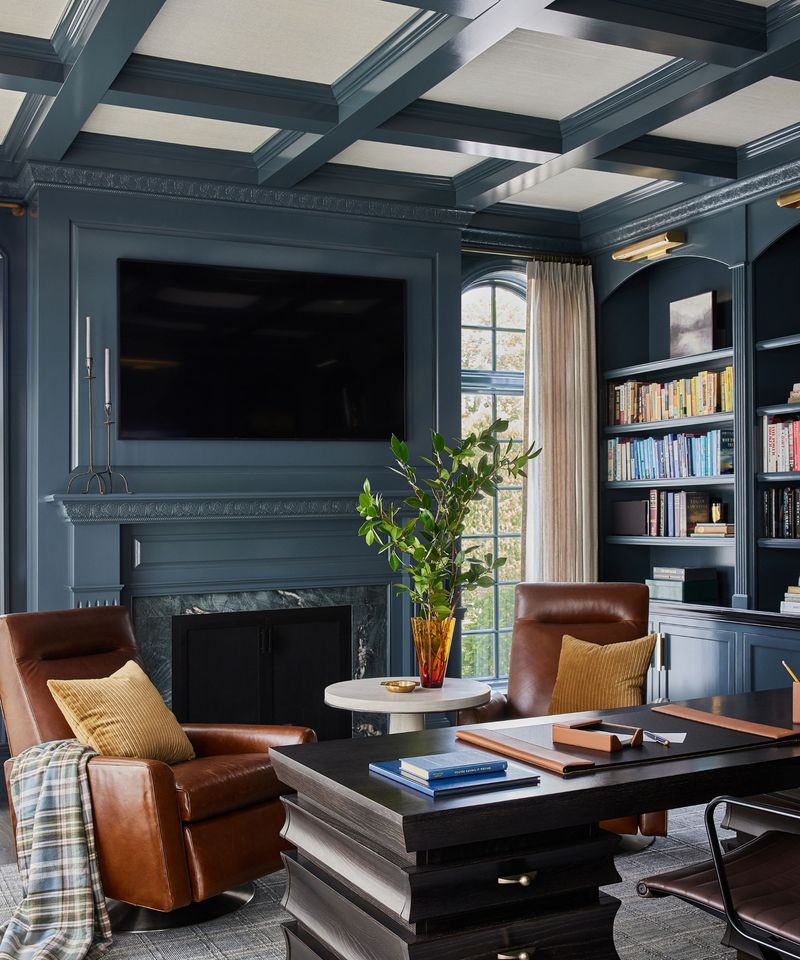
Remember when every Tennessee home seemed awash in fifty shades of gray? That monochromatic era is ending. The once-popular gray walls paired with gray floors, gray furniture, and gray accents created spaces that felt cold.
Warmer neutrals and nature-inspired colors are making a comeback. Rich earth tones that reflect Tennessee’s beautiful landscapes are replacing the cool gray palette.
Even in urban condos in Nashville and Memphis, residents are embracing color again. Think butter yellows, soft greens, and warm terracottas breathing life back into living spaces.
3. Massive Kitchen Islands
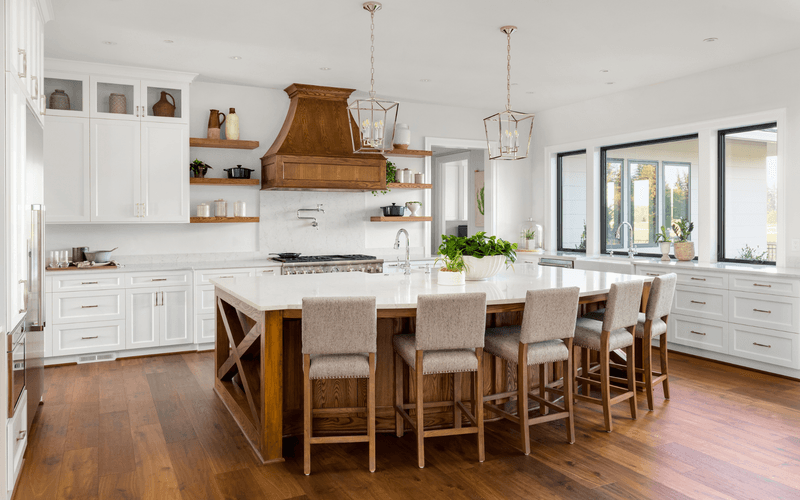
The enormous kitchen island (big enough to land a small aircraft) is losing altitude in Tennessee homes. Oversized centerpieces often dominated kitchen spaces without adding proportional functionality.
It makes kitchens feel cramped despite their open-concept design. Homeowners are scaling back to more practical islands that better fit their actual cooking and gathering needs.
Multi-level or mobile islands that can be reconfigured are gaining popularity. This shift acknowledges that while Tennessee families value kitchen gathering spaces, most don’t need an island the size of the Great Smoky Mountains.
4. Shiplap Saturation
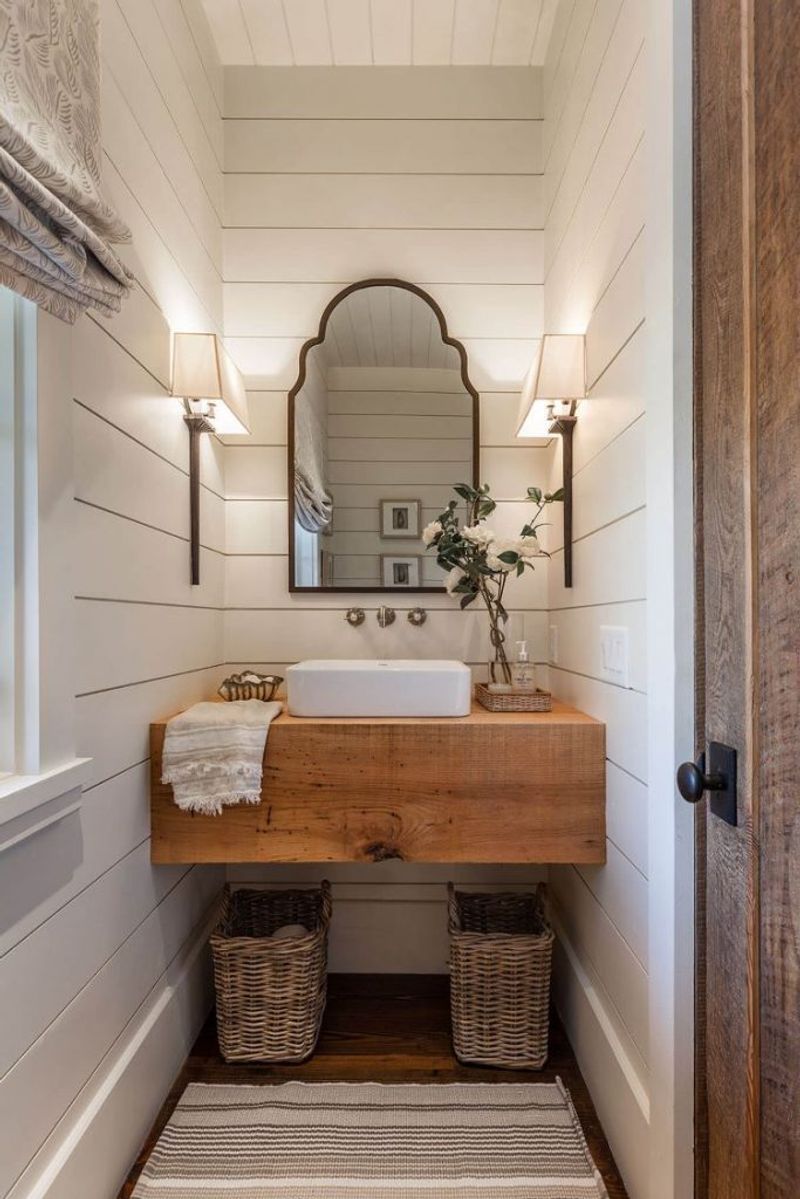
Joanna Gaines may have put shiplap on the map, but Tennessee homeowners are now folding up that map. This horizontal wooden board treatment covered countless walls across the state.
From Franklin farmhouses to Knoxville cottages, creating a rustic-chic look that defined the 2010s. The charm has worn thin as homeowners seek more personalized expressions of style.
Textured wallpapers, decorative plaster, and board-and-batten are stepping in as alternatives. Many Tennesseans are preserving shiplap only in small accent areas rather than whole-room applications.
5. Mason Jar Light Fixtures
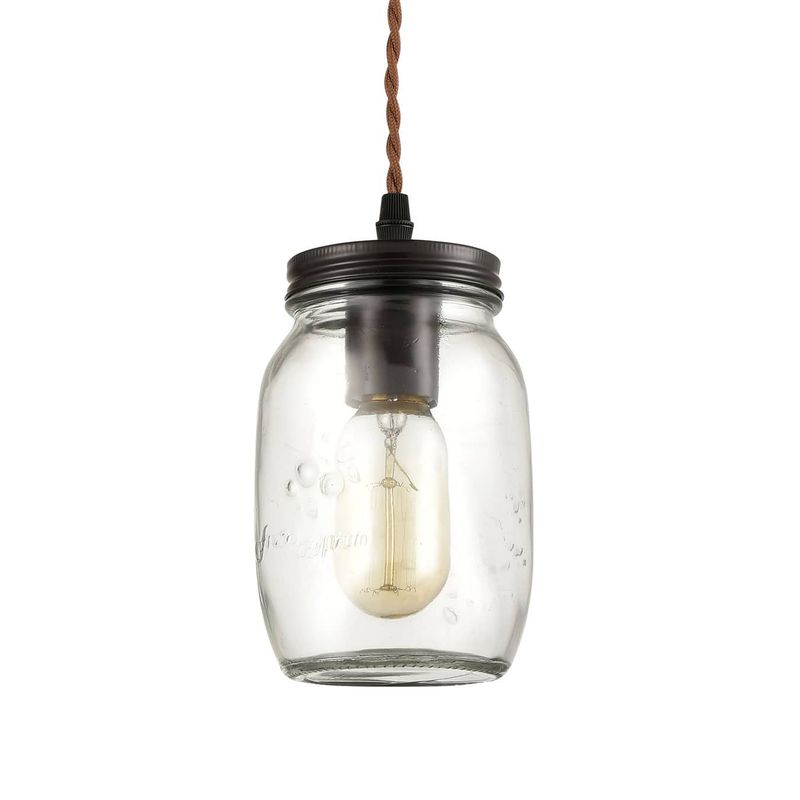
Charming Mason jar pendant lights and chandeliers that hung proudly in Tennessee dining rooms and kitchens are being unscrewed for good. They’ve become visual shorthand for “generic farmhouse style.”
More sophisticated lighting choices are illuminating Tennessee homes now. Artisan-made fixtures featuring local craftsmanship are especially popular, reflecting the state’s rich artistic traditions.
Blacksmith-forged iron lights, hand-blown glass pendants from Knoxville’s thriving glass scene, and fixtures incorporating Tennessee walnut or cherry wood offer authentic local character. All without resorting to canning jars.
6. Faux Distressed Furniture
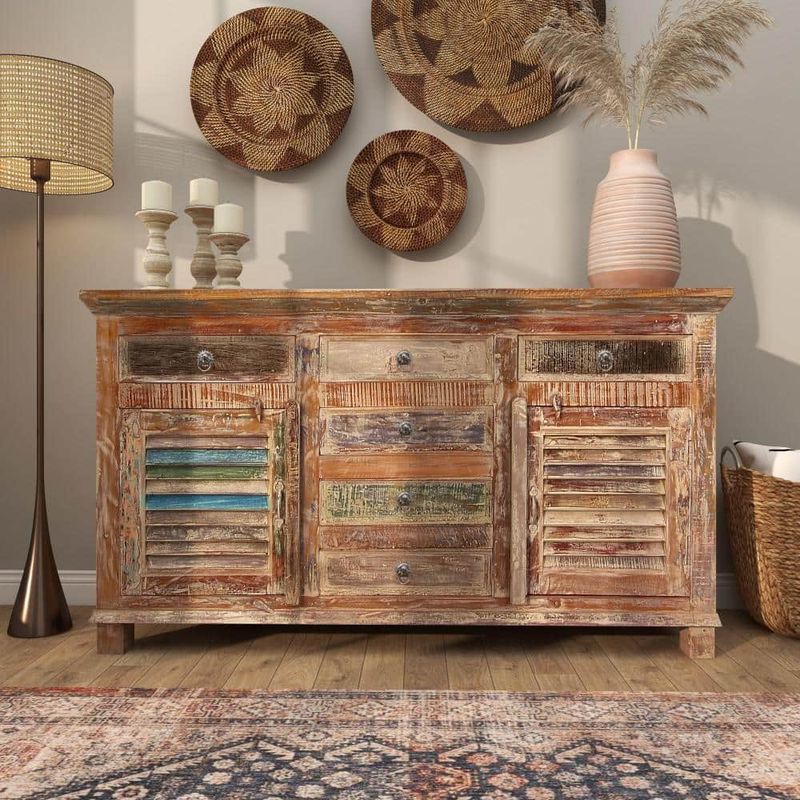
The artificially weathered furniture that once filled Tennessee homes is finally getting genuinely retired. Mass-produced pieces with fake chippy paint and intentional “wear” marks were meant to evoke antique charm.
But without the antique prices or quality. Authentic pieces with real history are making a comeback. Tennessee’s abundance of genuine antique shops and estate sales offers homeowners access to furniture with legitimate stories.
For newer pieces, clean lines and honest materials are preferred over fake aging. This shift reflects a growing appreciation for authenticity in a state where heritage and honesty have always been valued.
7. Word Art Overload
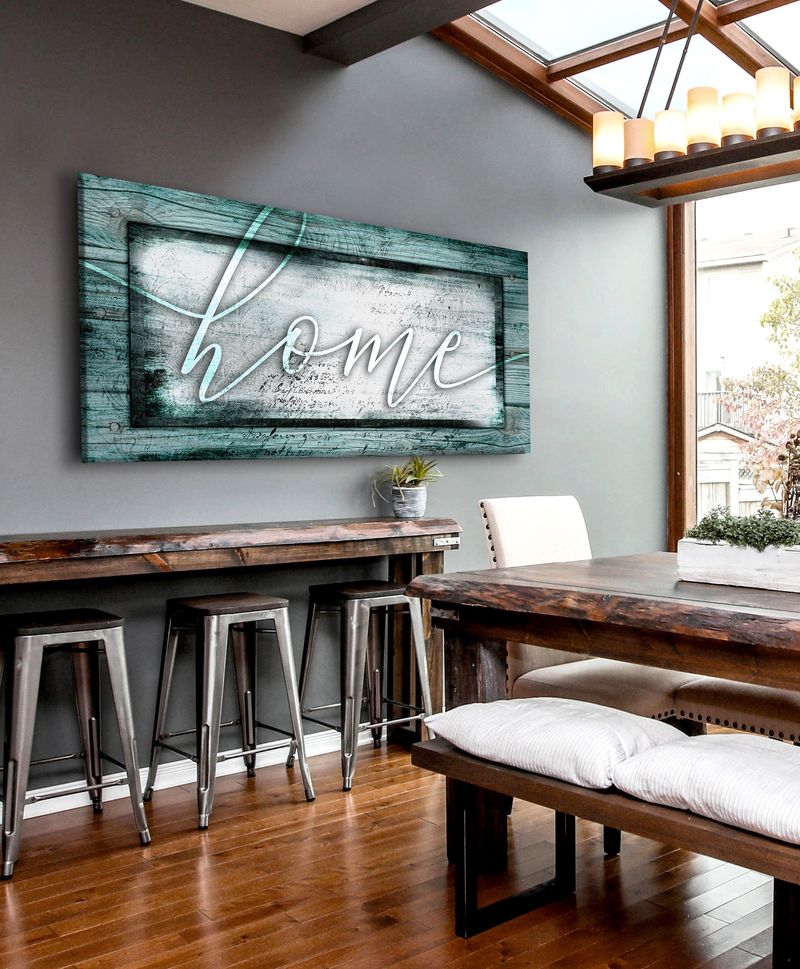
Ubiquitous “Live, Laugh, Love” signs and their countless variations are finally being taken down from Tennessee walls. What began as a charming way to express values became visual clutter as every wall proclaimed some combination of faith, family, and blessings in curly fonts.
Art with substance is reclaiming wall space. Works by Tennessee artists, family photographs in thoughtful arrangements, and meaningful heirlooms tell more personal stories.
Many homeowners are discovering that their values can be expressed through how they live rather than spelled out on their walls. When words do appear, they’re more likely to be meaningful quotes or family sayings.
8. All-White Kitchens
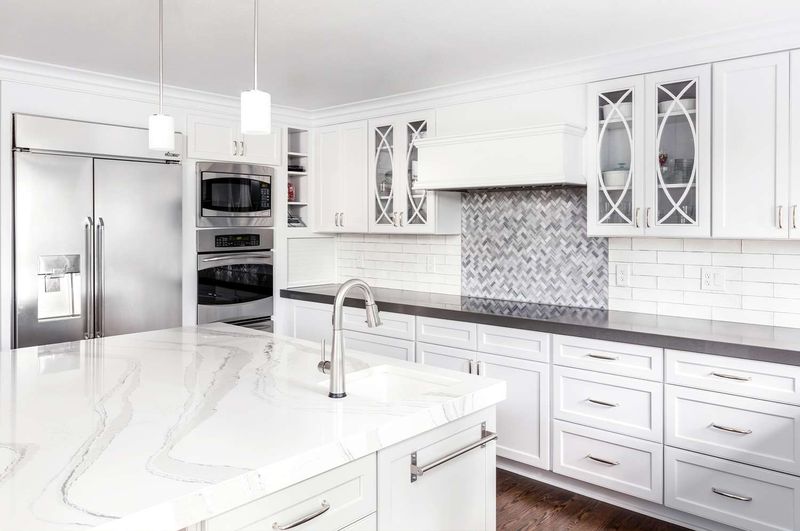
The pristine all-white kitchen is losing its sparkle in Tennessee homes. While these kitchens photographed beautifully for real estate listings, they proved impractical for families who actually cook Tennessee specialties like barbecue and fried chicken.
Warm wood tones are making a comeback, often paired with cabinet colors inspired by Tennessee’s natural landscape. Two-tone kitchens with darker lower cabinets ground the space while maintaining brightness.
Natural stone countertops that showcase their geological character rather than bland uniformity add interest and practicality. These more forgiving finishes stand up better to real life in busy Tennessee households.
9. Open Floor Plans Everywhere
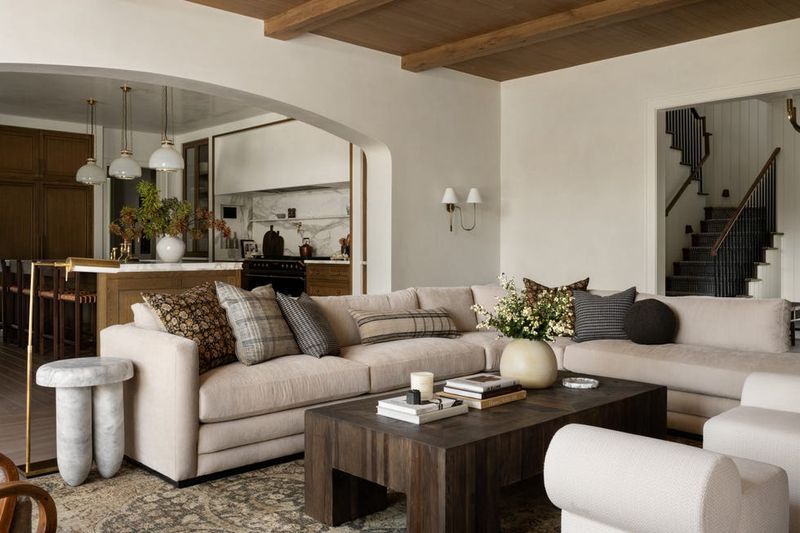
The completely open floor plan that dominated Tennessee home design is finally getting some walls back. After years of living in spaces where kitchen messes were visible from every angle homeowners are craving definition again.
Partial walls, sliding panels, and strategic furniture placement are creating flexible boundaries without returning to the boxy rooms of the past. Many Nashville and Memphis homes now feature “broken plan” layouts that maintain connectedness.
This evolution acknowledges that Tennessee families value togetherness but also need spaces for privacy and separate activities. It’s a must in our increasingly work-from-home world.

